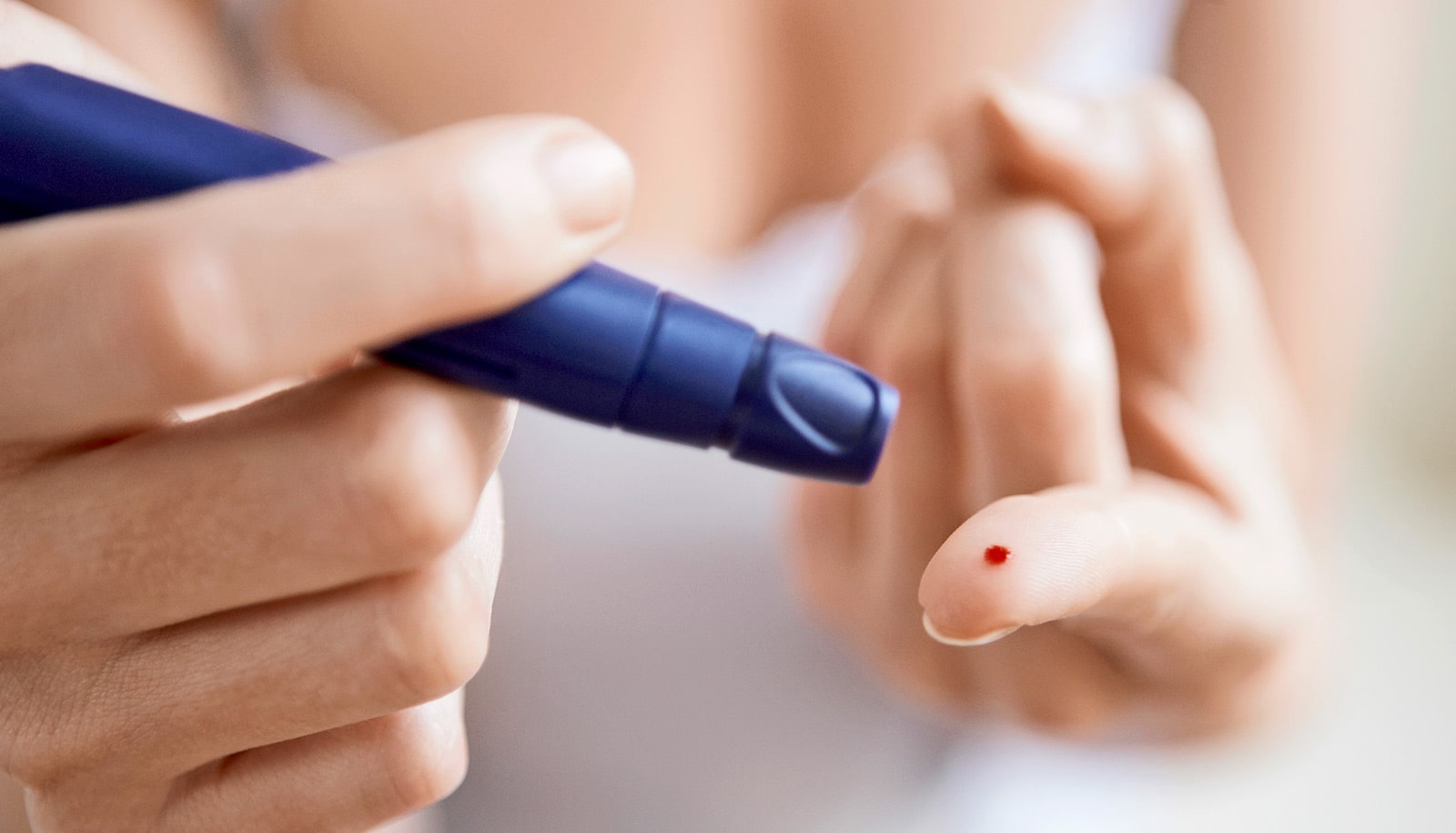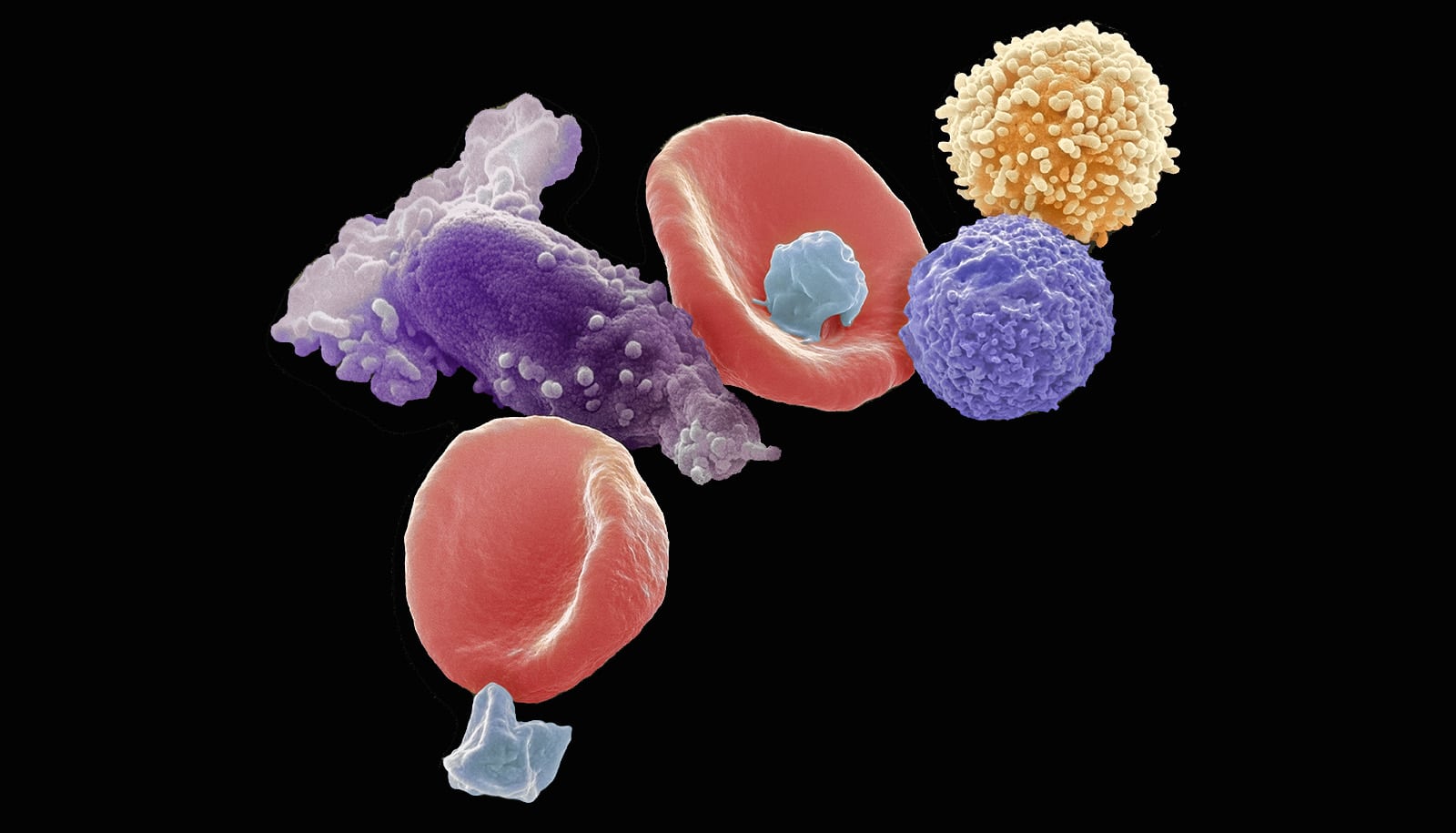Giving people at high risk of PFAS exposure the opportunity to easily self-test could improve access to testing for these “forever chemicals” and lead to the early detection of detrimental health conditions, according to a new study.
The study tested an improved approach for people to collect their own blood samples to test for PFAS without being part of an academic research study.
PFAS, short for per- and polyfluoroalkyl substances, are a class of more than 9,000 chemicals that are used widely to produce industrial and consumer products. They are commonly known as “forever chemicals” due to their extreme persistence in the environment as well as in the human body where they can remain for many years.
For people with elevated exposure, either through drinking water or occupational hazard, early detection of elevated PFAS blood levels can inform exposure reduction and medical screening to protect against associated harm to the liver, kidneys, and thyroid; immune system; reproduction and development; and the risk of several cancers.
Interventions are especially important to protect infants, children, and pregnant women, as PFAS accumulate in the body over the lifespan, cross the placenta, and accumulate in the fetus, and pass into breast milk. They have been linked to a wide range of health effects including high cholesterol, several cancers, infertility, and low birth weight.
Additionally, PFAS have contaminated drinking water for millions of Americans. The US Environmental Protection Agency recently proposed enforceable drinking water standards for six types of PFAS.
“People with drinking water contamination often want to know their PFAS blood levels but have trouble gaining access to a blood draw and testing,” says lead author Courtney Carignan, assistant professor in Michigan State University’s Colleges of Agriculture and Natural Resources and Veterinary Medicine.
“Blood test results can be used to document exposure, compare with levels in the general populations, inform exposure reduction, and take health protective action.”
As reported in Environmental Science & Technology, the researchers examined PFAS exposure measured by self-collection of blood using both the new finger prick and traditional blood draw methods among 53 people with prior history of PFAS drinking water contamination.
Participants first provided a blood sample collected by a blood draw and then pricked their finger using a lancet—commonly used for diabetic blood testing—to collect a precise amount of blood onto a new sampler. The laboratory Eurofins analyzed the blood samples for 45 specific PFAS varieties, five of which were detected frequently enough in the samples for the comparison.
In the analyses, the researchers reported similar detection frequencies and high correlations between the two approaches.
“Results indicate that the new approach can work as well as the traditional approach among our highly exposed population,” Carignan says. “Since the traditional approach uses the serum component of blood and our new approach relies on whole blood, we also confirmed an approximate 2:1 ratio of PFASs in serum compared to whole blood.”
“In addition, we found that the whole-blood approach may offer a more comprehensive picture of the PFAS in our blood, including compounds such as FOSA,” says coauthor Christopher Higgins of the Colorado School of Mines. FOSA, technically known as perfluorooctane sulfonamide, is a PFAS that was detected in approximately half of the whole-blood samples but not in any of the serum samples.
While the authors conclude the new approach is promising, they caution that users should take care to ensure proper self-collection and use sufficiently sensitive analytical methods. Also, the appropriate conversion must be applied when comparing with levels in serum, which some labs like Eurofins will do but others may not.
The authors report that simply multiplying the whole-blood concentration by two provides a good estimate of the serum equivalent. Carignan also notes that future studies should test the new approach in the general population prior to broad adoption in PFAS exposure and health research.
“The ability to use a finger-prick device to measure PFAS exposure opens up new research opportunities and, importantly, allows people in the general public to test their own blood without having to be part of an academic research study,” says coauthor Heather Stapleton, an environmental chemist at Duke University.
Additional coauthors are from Duke, the Colorado School of Mines, and Michigan State.
Source: Michigan State University



